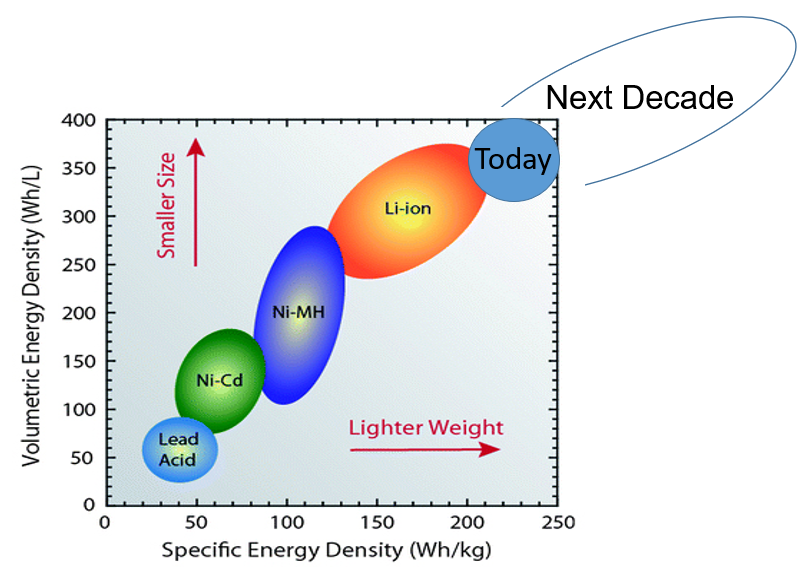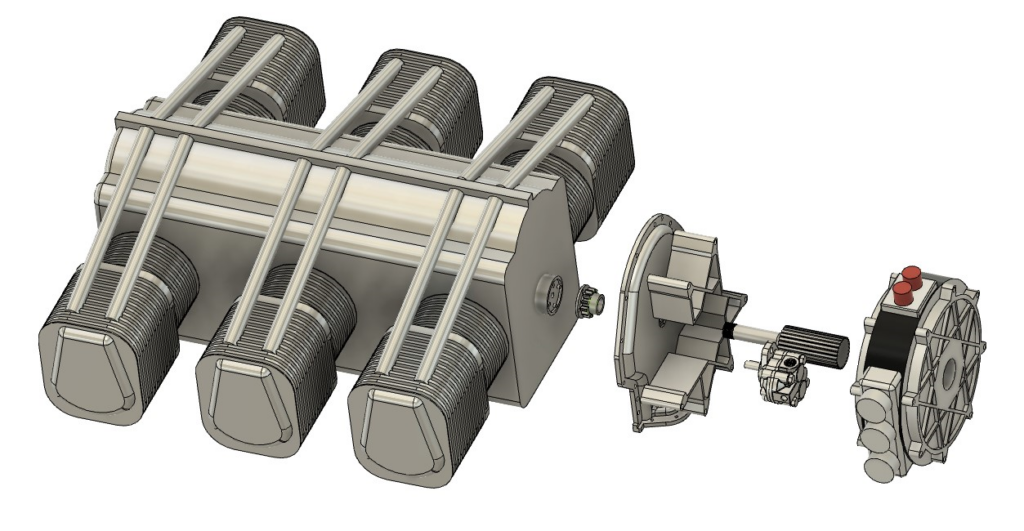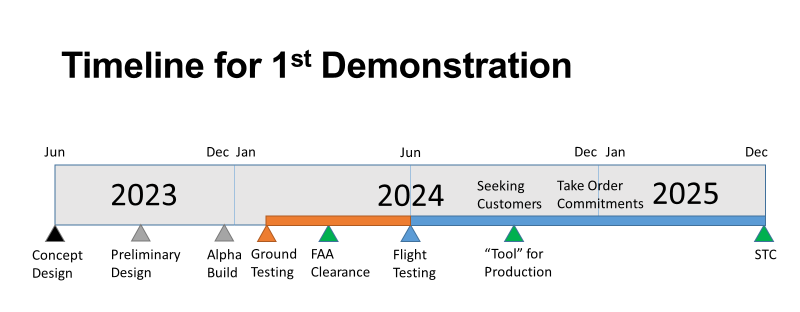We believe that the future of aircraft propulsion systems will be electric. We also believe it is now prudent to exploit the benefits of today’s power-dense electric motors by integrating them with combustion engines to enable safer, more efficient propulsion with lower emissions. This is achieved through hybridization.
Hybrid Propulsion Systems
Battery Technology

Projected (400 W h/kg) specific energy still 10x lower than combustion power!
Motivation
Notional Parallel Hybrid Architecture

Proprietary engine modification enabling use of Unleaded gasoline & Sustainable Ethanol & Biodiesel blends
Demonstrator: Parallel Hybrid Propulsion

